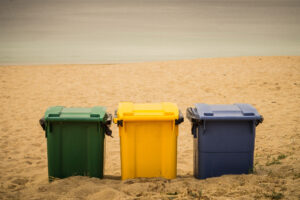Connecting to the local utilities in Spain is likely to be one of the first things on your to-do list when moving to the country. And your new house or apartment will feel a lot more like home once you set up the water, gas, and electricity. You’ll probably also want to get connected to Spanish internet, TV, and home phone to ensure that you’re settled in your new place in the Iberian sun.
Thankfully, setting up your utilities in Spain is nice and straightforward, with a variety of different options to choose from. Whether you’re buying a cozy mountain retreat or renting a studio overlooking the Mediterranean, this article provides the following information:
Suop
Looking for a mobile, internet, or utility company with a difference? Suop offer flexible electricity contracts, fiber internet, and mobile coverage. That’s not all – if you contribute to the Suop community, you can earn points towards discounts, your balance, and even PayPal crest.
Utilities in Spain
If you’re new in Spain, it’s a good idea to familiarize yourself with how the local utility market operates when setting up your home. This way, you’ll be able to make the right choices for yourself and better understand your options. However, while the thought of getting your head around the local utilities in Spain might make you blow a fuse, fear not because you’ll be able to plug in and get going before you know it.
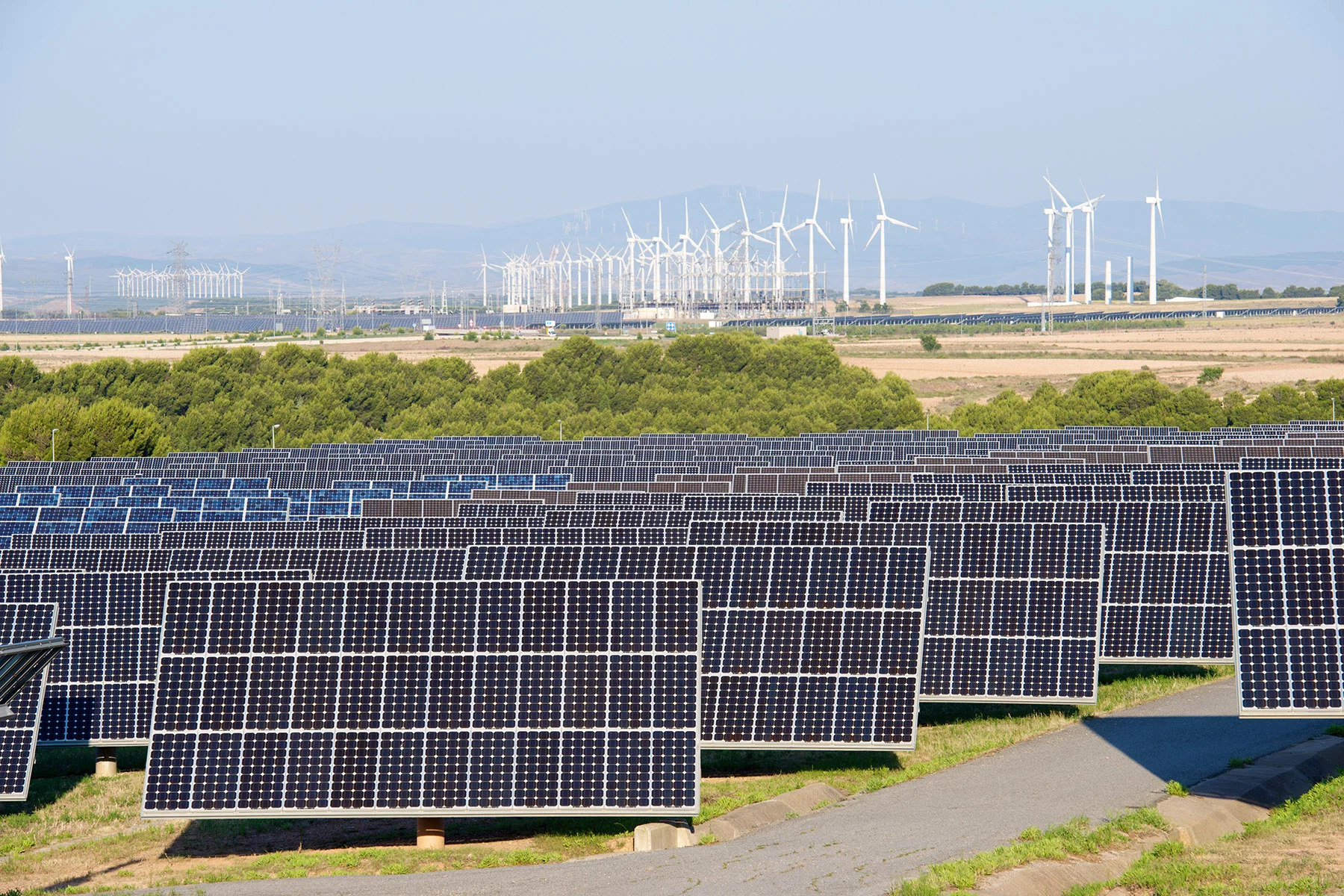
As is the case in many European countries, the Spanish utility market is fully liberalized. This means that you can technically choose your provider; although your options will vary from region to region, as will the number of local providers. Water is provided and operated at local levels, either directly by the municipality or through a private company. However, you won’t be able to choose your water provider when you set up your new home in Spain.
Getting connected in a new home
Setting up utilities in Spain is one of the first things that new arrivals to this beautiful, sunkissed country will need to do. However, the process will depend on a few things. Firstly, the procedure will differ depending on whether you are buying, renting, or staying in the country on a short-term basis. It can also differ slightly between regions within Spain, due to the availability of providers.

If you are buying a property in Spain without an existing connection to the local electricity network, then you will need to contact the network distributor and arrange the setup. Just bear in mind that this process can take a while, so be sure to contact them well ahead of time. Should the property have an existing connection, on the other hand, then the process will be much quicker. In this case, you will simply need to contact the energy provider and sign up for a contract in your name. You may be able to switch suppliers, but be aware that in some areas there is only one provider.
If you are renting in Spain, then your monthly rental costs may or may not include utilities. Therefore, be sure to establish what you are actually paying for with your landlord before signing any contract. If utilities aren’t included, then you’ll probably be free to choose your own provider or keep the existing connections. In serviced apartments, however, the monthly rental payments will include utilities as these are typically only used for short-term leases.
Setting up electricity and gas in Spain
Spain has a decent energy network that serves homes and businesses across the country. Generally speaking, Spanish energy bills can be expensive, as consumer electricity prices are higher than the EU average (€0.3071 per KWh in early 2022). This is partly due to costs being inflated by heavy electricity usage during the winter and summer months, as many Spanish homes lack centralized heating and cooling systems. However, most homes now have smart meters, making it easier for you to keep on top of your usage throughout the year.
Energy options in Spain
The Spanish energy sector is liberalized, meaning that you’re typically free to choose the electricity (luz) provider of your choice when setting up your utilities in Spain. You also have the option of choosing a provider from the free market (mercado libre) or the regulated market (mercado regulado). Energy providers in Spain typically operate in both markets, but since 2019 they are required to operate under a different name in each one. This initiative, launched by the Spanish regulator CNMC (Comisión Nacional de los Mercados y la Competencia), aims to make it easier for consumers to differentiate between providers.
Although you are technically free to choose the provider of your choice from the market of your choice, remember that in some parts of the country, you may find this is a choice of one. If you’re unsure of your local options, you can search online, ask in a local expat forum, or even contact the providers directly. The suppliers that are available where you live will typically offer a range of contracts, though, so you will still be able to choose the right option for you.
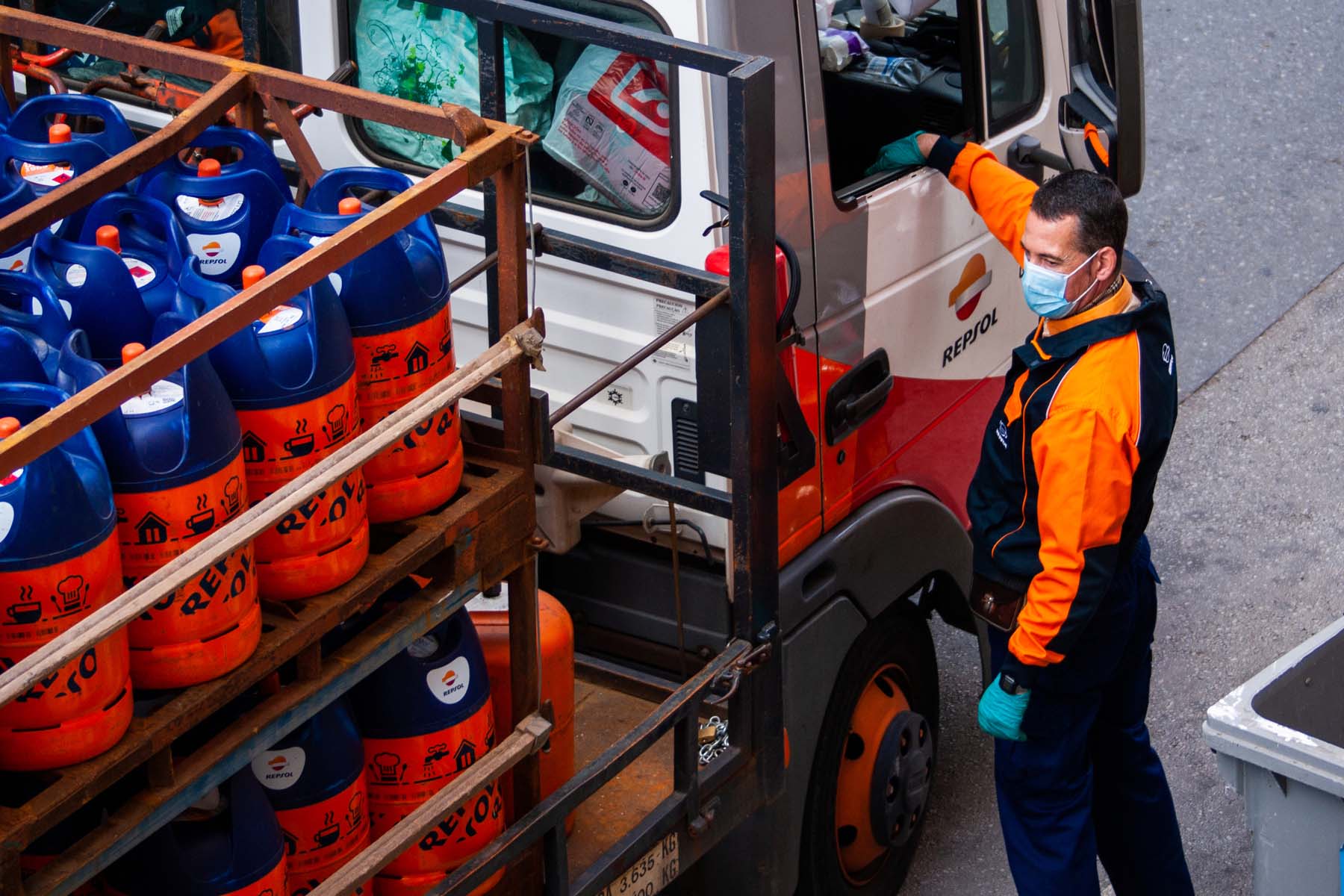
Generally speaking, gas (gas) is not as common in Spain as it is in other European countries. Furthermore, mains gas supply is typically only available in certain towns and cities. However, gas does remain an option in Spain and can often work out as a cheaper alternative to electricity, depending on your circumstances. Much of the gas consumed in the country is bottled gas, and you’ll need to arrange regular deliveries with a distribution company that operates in your area. Should you choose gas, be aware that you’ll typically need to check your appliances for safety purposes once a year. You can contact your gas supplier for more information about this.
Energy suppliers in Spain
As the Spanish energy market is liberalized, you can typically choose the provider that meets your needs, depending on where you live. However, even if you live in an area with only one provider, you’ll likely still have options when it comes to the energy mix: electricity, gas, or a mixture of the two. You will also have the option of choosing a provider in the free or regulated market. While this can seem confusing to new arrivals, a small amount of research around your options can go a long way in helping you make the best choice for you.
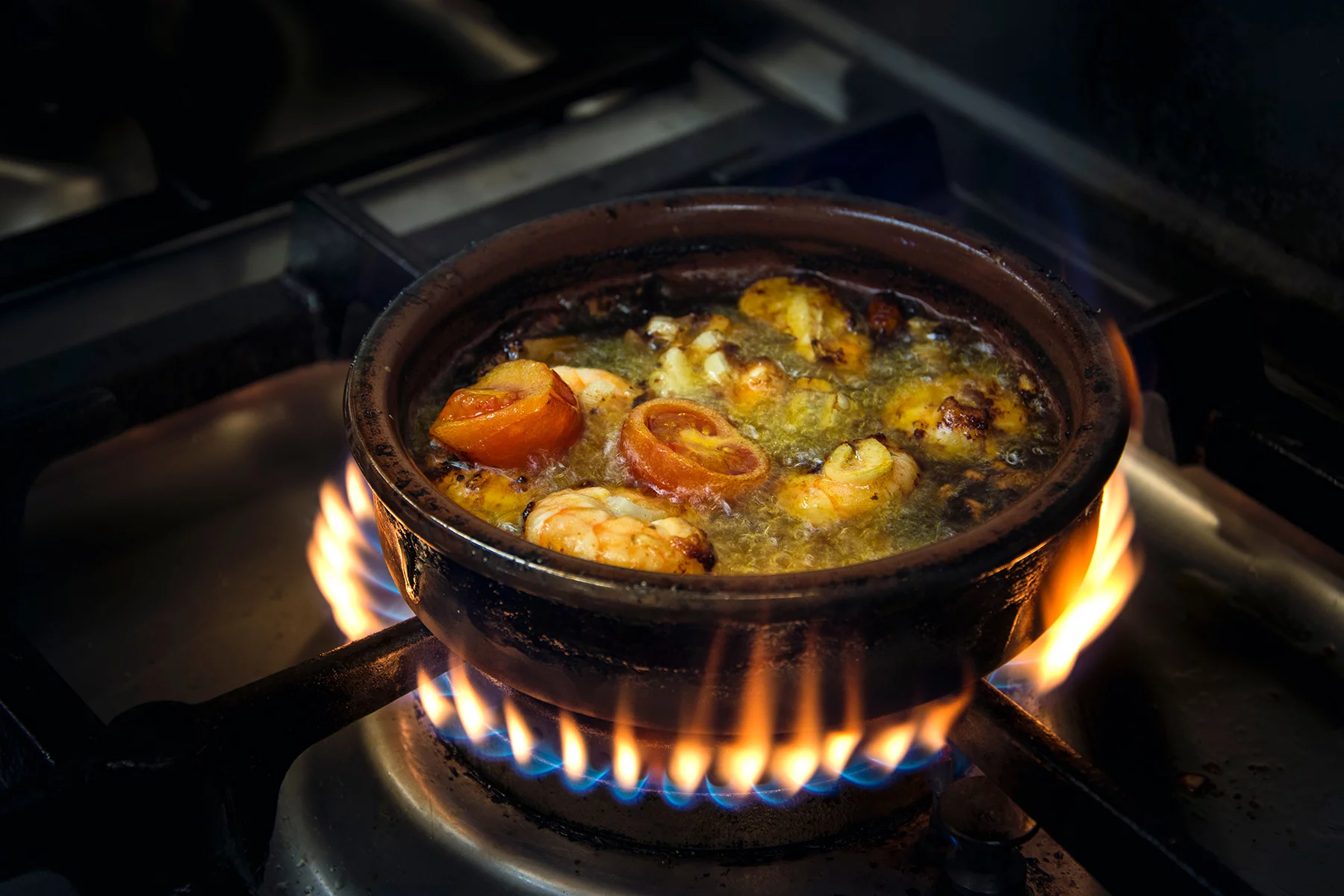
Once you have chosen a provider, you will have even more choice with tariffs. For example, Endesa offers fixed-rate tariffs, off-peak tariffs, and many more. Again, it’s wise to do a little research to ensure that you get the right deal for your usage. This will also help you save money on your energy bills, giving you more spending money for the important things, like exploring the delicious local cuisine!
Some of the main Spanish energy companies include:
There are a number of price comparison websites operating in Spain that make choosing the right energy company that little bit easier. These can give you a better idea of what is available at your location, as well as an easy-to-understand run-down of all your tariff options.
Green energy in Spain
For many expats, making their new life in the sun as green as possible is an important part of moving abroad. If you’re looking to live sustainably in Spain, a good place to start is by signing up for green energy. Recent years have seen Spain significantly increase its renewable energy production as it looks to move away from fossil fuels. Although you may expect solar power to lead the way with all that Iberian sun, it’s actually the wind that produced the most of Spain’s energy in 2021, accounting for 23% of overall energy production and more than any non-renewable source. Beyond that, nuclear accounted for nearly 21%, followed by hydroelectric power (11%).
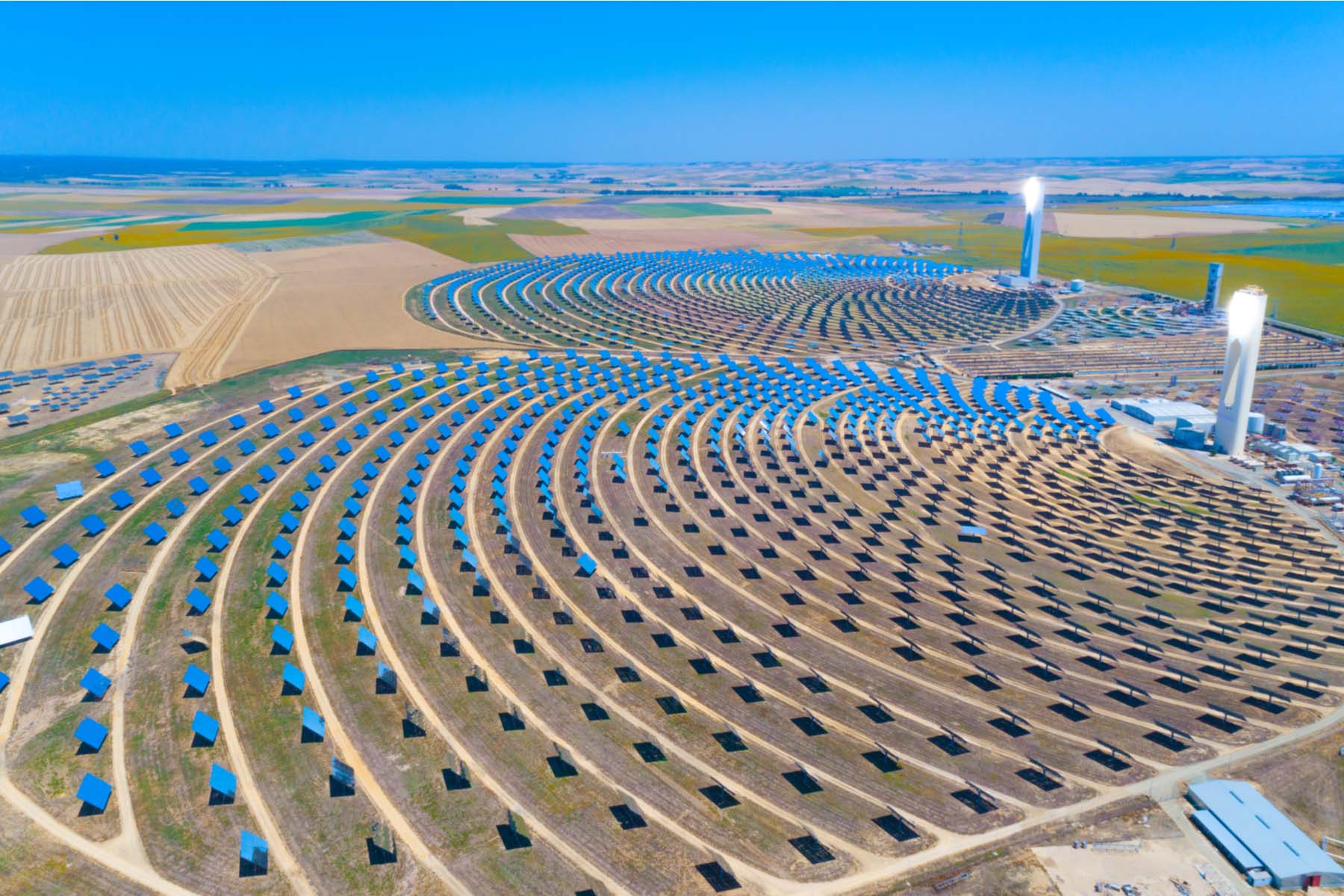
Most Spanish energy providers offer tariffs for energy sourced from renewable sources, so you’ll likely be able to choose a green option if you wish. However, some suppliers, such as Hola Luz, offer only green energy. Taking out a contract with one of these green-only energy suppliers can help these companies further invest in green technologies. You can search online to see if these 100% green energy providers operate in your area.
Installing solar panels in Spain
Another way to use green energy in your home and boost your green credentials is to install solar panels on the building. In fact, demand for this has been growing following a recent change to Spanish law. Of course, whether this is the best option for you depends on your circumstances, but with installation costs decreasing and more companies entering the market, it’s never been a better time to go solar. However, just make sure you do your research ahead of time and avoid being left in the shade.
Nowadays, you’ll find plenty of companies that can help you set up and install solar panels, making the transition even easier. These include providers like SolarMente.
Connecting your energy supply
Once you have chosen your Spanish energy supplier, the sign-up process is fairly straightforward. You’ll need to contact your chosen provider and provide them with all the necessary information. You can typically do this online or on the telephone.
To complete the sign-up procedure, you will need to provide the following:
- proof of identity (passport or ID card)
- your NIE number
- details of your Spanish bank account
- proof of address
If you are setting up a brand new connection, then you’ll need to contact the local distributor, not the supplier. This varies depending on where you live in the country, and the process can take at least a few weeks. Therefore, it’s best to try and arrange it as early as possible to avoid any disappointment.
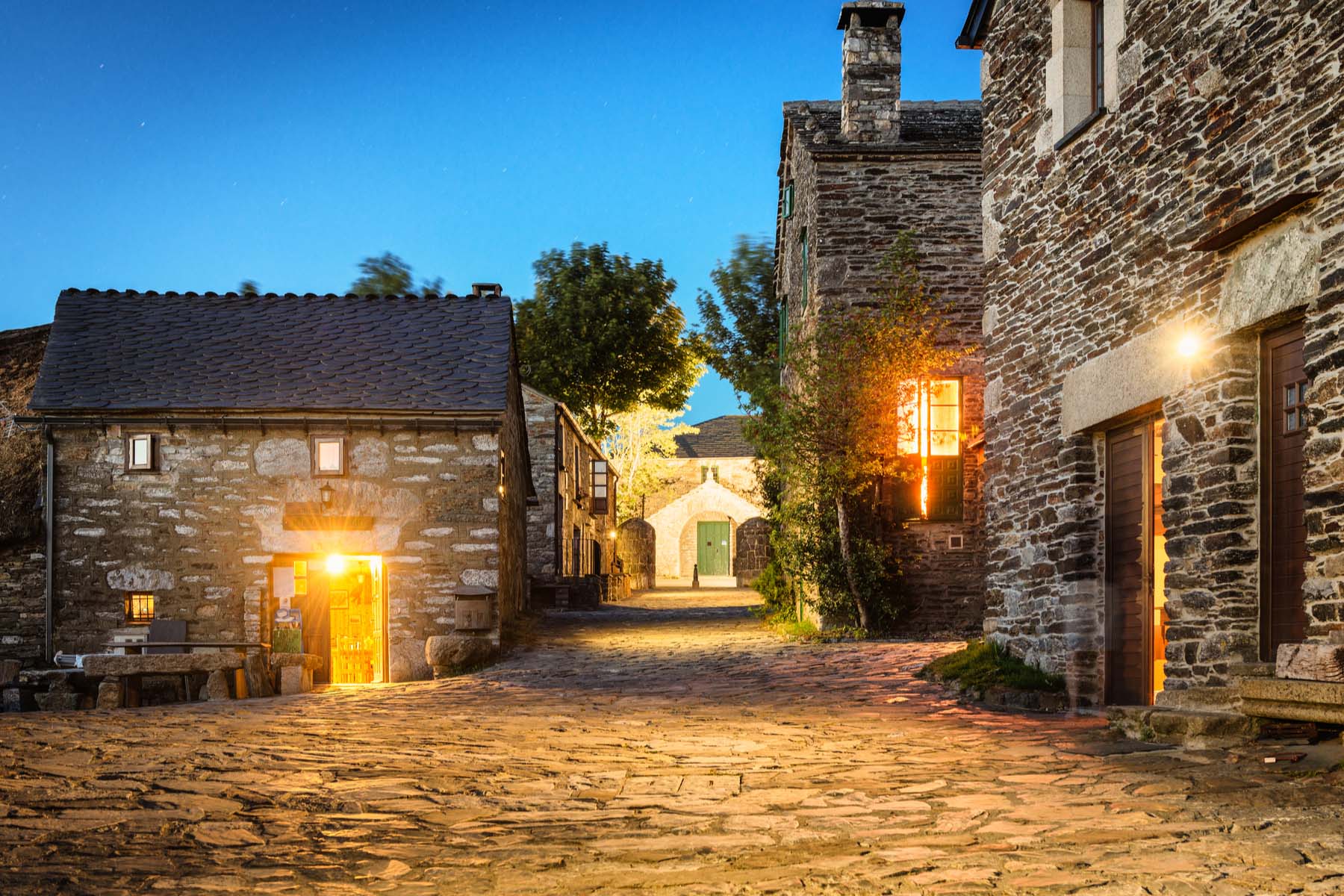
This process will involve some fees, although these are typically the same wherever you live in Spain. If you’re buying a new property in a complex or urbanization, however, then the developer should cover these costs.
Paying your energy bills
When setting up your new home in Spain, it is advisable to open a Spanish bank account beforehand. Not only will this make things easier when arranging automatic collection (direct debit) for your utility bills, but you will also find it helpful in other aspects of everyday life.
Payment is typically via automatic collection (transferencia) from your bank account, and you’ll need to provide these details when signing up. You may be able to arrange another payment method, but this will likely be the easiest option. Payment intervals will depend on your provider, although most provide an annual statement should you need to pay or receive any additional fees.
Changing your energy supplier in Spain
Generally speaking, if you want to switch energy providers in Spain, you can do so easily. Once you have decided on your preferred supplier and tariff, you can simply contact your new provider and provide them with all the required information. This includes the following:
- Unified Supply Point Code (CUPS) – alphanumeric code on electric bills
- An electricity installation certificate – to show that your electricity supply is safe and above board
Your new provider will then contact your previous supplier and manage the switchover process.
Making a complaint about a Spanish energy supplier
Should you have any complaints about your meter, meter readings, or energy bill, then you should contact your provider immediately. This will give your supplier plenty of time to address any issues. They may then choose to send a technician to your home, should you have an underlying issue with your meter or connection. You can find details of your supplier’s complaint process on the company’s website.
The Comisión Nacional de los Mercados y la Competencia (CNMC) regulates energy companies in Spain. However, to make a complaint, you will need to contact the Ministerio de Sanidad. However, you should only do this if your initial complaint has not been resolved. The process may take some time, and you will need to provide the required documents to the ministry. These will also depend on the nature of your complaint.
Spanish voltage and power supply
Similar to much of Europe, the electricity supply in Spain is around 220 volts AC with a frequency of 50 hertz. However, you may come across some areas which still have a 110-volt supply, although this is not very common. In these limited areas, you may even find dual voltage systems within the same property. Be aware that a 220-volt current is significantly higher than other non-European countries. Therefore, check your appliances and gadgets ahead of time to avoid any issues or incidents. You may need to invest in some new electronics to avoid any dangerous burnouts.
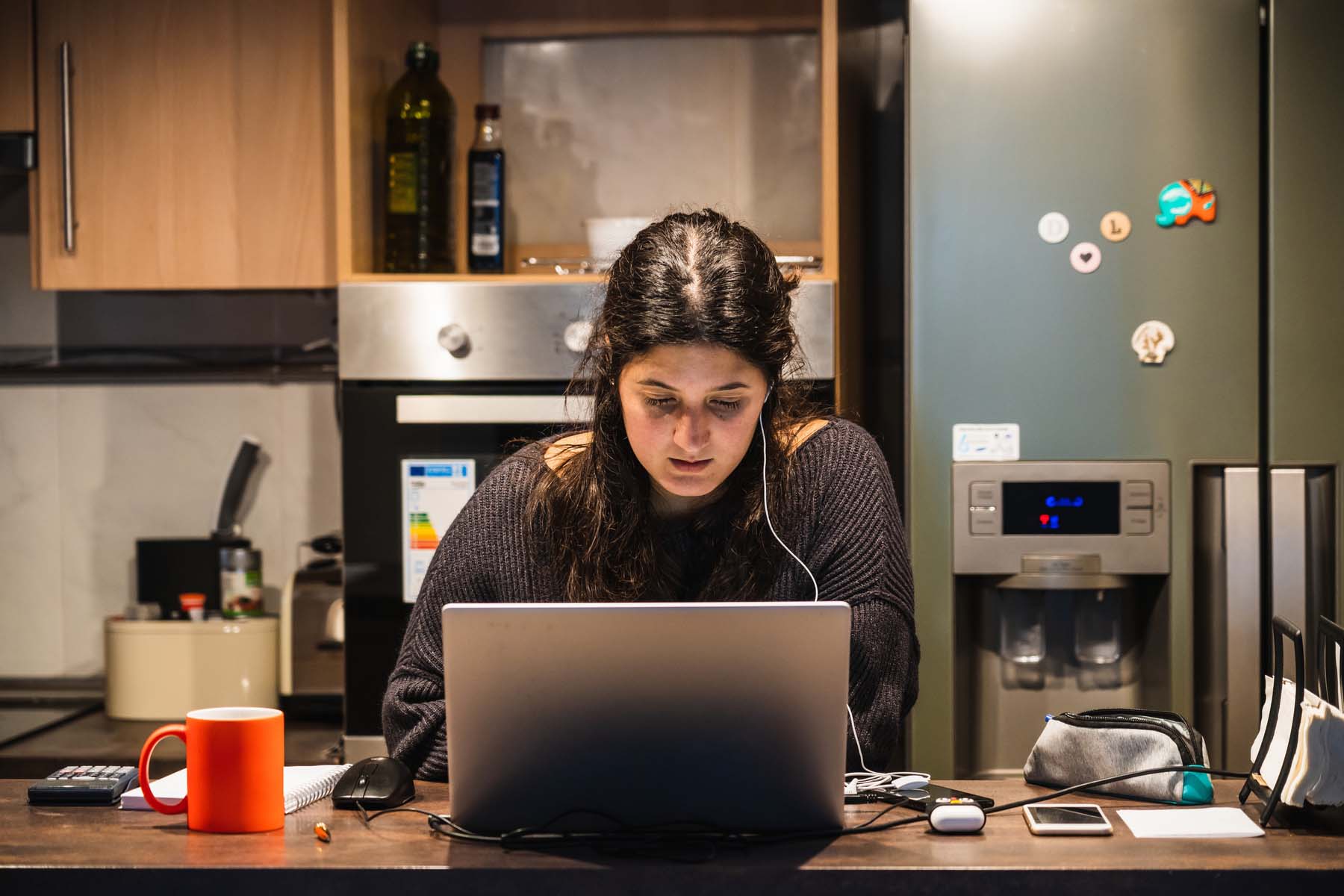
Spanish power sockets are like the rest of Europe, with two-pin plugs and sockets (Type C and the older Type F). If your appliances are not compatible with these sockets, you’ll need to invest in a power adapter. You can buy these at all good electrical outlets. Be aware that there is often a shortage of electric points in Spanish homes – typically one per room – so multi-plug extension power packs can be very useful.
Power cuts in Spain
Fortunately, power cuts are fairly uncommon in Spain, but like in any country, they do still happen occasionally. To avoid being left in the dark, make sure you have some candles or battery-operated lights in the cupboard just in case. If your power does go, your first check should be to see whether your neighbors still have power. If they do, then the problem is likely to be in your house. You should check your fuse box to see if you have accidentally tripped or blown a fuse.
If your entire neighborhood is in the dark, on the other hand, then you might want to check your distributor’s website to see if they mention any known outages. Chances are they will already know about the problem, but you can still inform them and find out when they expect to address the issue. You can find their contact information on the company website, as well as any correspondence they have sent you.
Should you need to carry out electrical repairs, it’s a good idea to hire a professional. You can usually find registered contractors online, and on platforms such as TaskRabbit. Check the qualifications needed before hiring help.
Water supply in Spain
Water supply in Spain is administered at local levels, with service provision under the jurisdiction of local municipalities. The country operates a mixed-market system and you can’t choose your provider. Some areas have a municipal public provider, while around a third use a private company. The remainder is a public-private mix. The biggest private water suppliers in Spain are Aguas de Barcelona (Agbar), which provides water for around 12% of municipalities, and Aqualia. The largest public water company is Canal de Isabel II which supplies the Madrid region.

When setting up your home in Spain, you should contact your local town hall (ayuntamiento) to register ownership and have the property’s water contract transferred into your name. However, you won’t need to do this if your monthly rent includes utilities in Spain. To sign up, you will either need to visit your town hall or sign up online. And you will typically need to provide the following information when signing up:
- proof of identity (passport or ID card)
- your NIE number
- details of your Spanish bank account
- proof of address
If your new property doesn’t have a water connection, then you will need to sort this with your local provider. You can do this through the local town hall, although this may take a while, depending on your circumstances.
Paying your water bills
Water bills in Spain are typically paid monthly or quarterly and you can pay in various ways, including direct debit. Just make sure you don’t get into arrears with your bill as you may be cut off! You will then have to pay a reconnection fee. Furthermore, you should always check your water bill carefully as overcharging can occur.
To reduce your water costs, you can buy a water saver that mixes air with water on taps, thus reducing the amount of water used. In fact, you can save the cost of fitting an apartment with water savers in just six months through lower water bills. You can buy water saves from El Corte Inglés and Hipercor stores, hypermarkets, and DIY stores.
Spanish drinking water
The water quality in Spain is generally very good, with 99.5% of tap quality considered safe to drink, according to global water standards. That said, the actual quality of what comes out of your tap can vary significantly between regions and even streets in the same town. This is due to the quality of the local water infrastructure, and the fact that many of the pipes in Spain are fairly old, and local authorities use chlorine to keep them clear.
Due to taste reasons, many expats living in Spain prefer to use tap water solely for washing fruit and vegetables and brushing their teeth. However, this will largely be down to personal preference and the quality of the local tap water. Alternatively, you may prefer to sign up for a bottled water service, which delivers fresh, bottled drinking water to your door.
Water usage in Spain
While some areas of Spain are surprising wet, many of the southern parts of the country regularly suffer from drought. During these times, local municipalities will likely restrict water consumption in order to maintain water supplies. This may include limits to using the public water supply to water the garden or wash the car.
Useful resources
- Comisión Nacional de los Mercados y la Competencia (CNMC) – the regulator for all consumer issues in Spain, including utilities
- Tapp Water – find information on tap water in Spain
- Electricity in Spain – read more about the electricity supply in Spain






